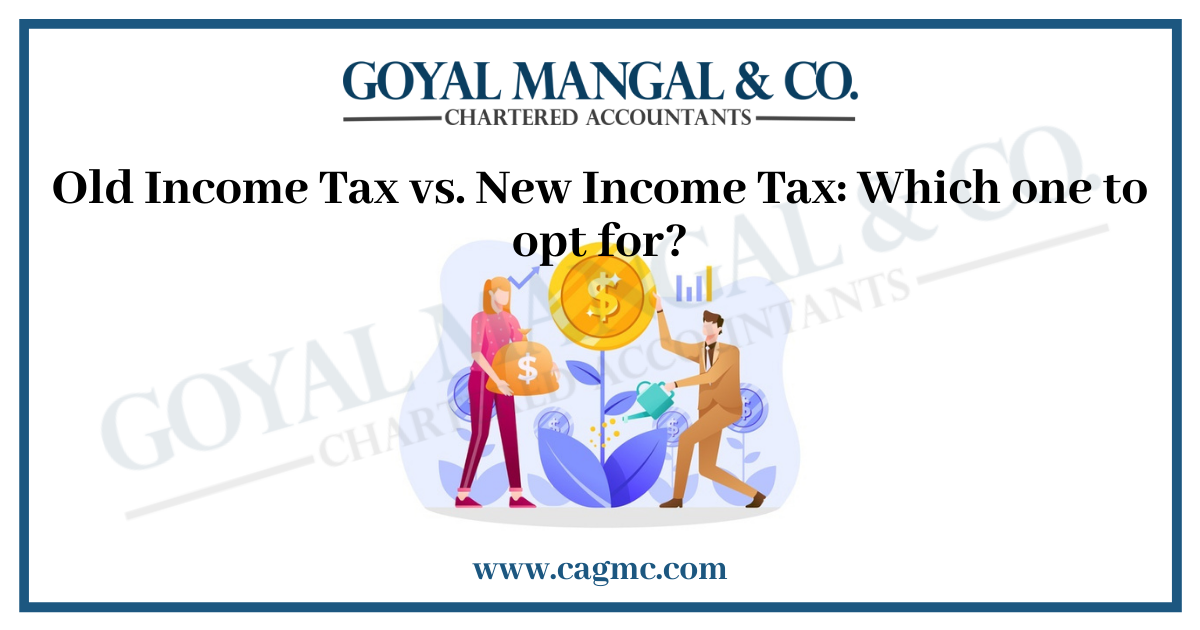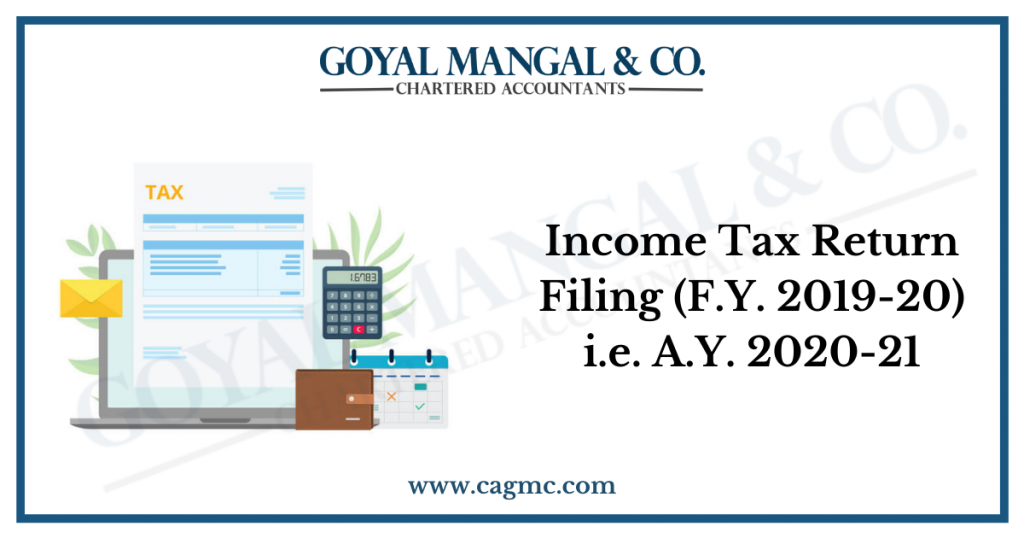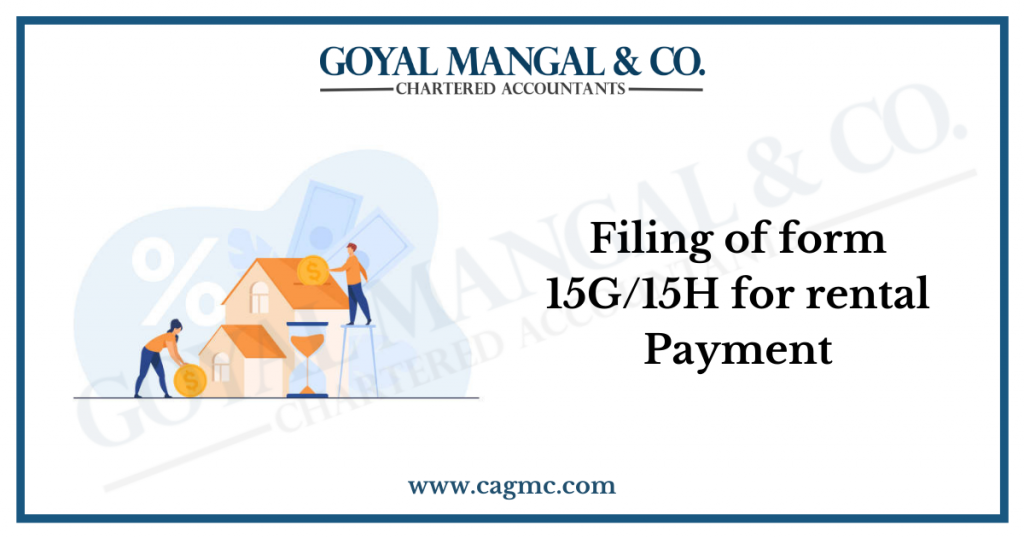
Every action has an Impact; choose wisely the impact you want to have. These words by Mindy hall put the picture of today’s taxpayer.
In Budget 2020 the finance minister Nirmala Sitharaman declare a new tax regime with increased tax slabs and lower tax rates. This was long required by most taxpayers, but it came with the elimination of all the deductions and exemptions that were open under the old tax regime. The finance minister gave a choice between the new regime and the existing one, leaving it to us the taxpayers to decide which we would like to opt for.
We can see that rather than getting simpler, tax laws are now more complicated. Now you might have questions about how to go about deciding out whether to opt for the new or the old tax regime.
In this article, we will look at the new regime in detail, its benefits, and compare it to the existing tax system.
| Table of Content: |
Old Tax Regime – High Rates but Lot of Benefits to Reduce the Tax burden
The current tax system is complex, to say the least. While the tax rates are high, there are a lot of methods to lessen your tax liability.
Over the years the Income Tax Act has given taxpayers over 70 exemptions and deduction possibilities through which they can bring down their taxable income and consequently pay less.
| Sr. No. | Particulars | Old Tax Regime | New tax regime |
| 1 | Income tax slabs: | Rate (%) | Rate (%) |
| Up to Rs.2,50,000 | Nil | Nil | |
| Rs.2,50,001 to Rs.5,00,000 | 5 | 5 | |
| Rs.5,00,000 to Rs.7,50,000 | 20 | 10 | |
| Rs.7,50,001 to Rs.10,00,000 | 20 | 15 | |
| Rs.10,00,001 to Rs.12,50,000 | 30 | 20 | |
| Rs.12,50,001 to Rs.15,00,000 | 30 | 25 | |
| Rs.15,00,001 and above | 30 | 30 | |
| 2 | Surcharge on income:
Up to Rs.50 lacs Above Rs.50 lacs to Rs.1 Crore Above Rs.1 Crore |
Nil
10 15 |
Nil
10 15 |
| Health & Education Cess | 4% on (Tax + Surcharge thereon) | 4% on (Tax + Surcharge thereon) | |
| Rebate u/s 87 A | Maximum rebate of Rs.12,500 if the taxable income is up to Rs.5 lacs | Maximum rebate of Rs.12,500 if the taxable income is upto Rs.5 lacs | |
| Standard deduction (For salaried person) | Rs.50,000/- | Not Available | |
| Deductions like –LTA, HRA, Professional Tax, Housing Loan – Principal & Interest, Tuition Fees, Chapter VI-A deductions | Available | Not Available | |
| Deduction on contribution to National Pension Scheme (NPS)
(Benefit available for Salaried person) |
For Non-Government Employee, Maximum deduction allowed is lower of –
1) 10% of salary (Basic + Dearness Allowance) 2) Rs. 50,000 |
Deduction is allowed on Employer’s contribution to Employee’s NPS A/c. Deduction of up to 10% of Salary (Basic + Dearness Allowance) qualifies for deduction u/s 80 CCD (2) irrespective of any limit.
Employee’s contribution to NPS would not get any deduction. |
The blend of exemptions and deductions can bring your taxable income down by lakhs.
However, this also means every year you have to find ways to optimize your salary and investments to manage your taxable income level at the minimum.
Enter new tax regime – More slabs, lower tax rate but no way to reduce taxes.
The new tax regime is different from the old tax regime in two ways.
- In the new regime, the number of tax slabs has increased, accompanied by a lowering of rates in the Rs. 15 lakh range.
- All the exemptions and deductions that were used by taxpayers in the existing regime won’t be available in the new regime.
Old vs. New Tax Regime: Which One to Choose?
Sadly, there is no particular answer to this, Although looking at the decrease in tax rates and increase in slabs available, the first answer would be that the new system looks better.
Estimating whether to choose the old or the new tax regime might look complicated, if you approach it orderly, it is not that challenging to figure out.
Here is what you need to do –
- Calculate all the exemptions that are available to you: If you are living on rent, you would claim HRA which is the most significant salary exemption one uses. Other than that, tax-free components include LTA, Food Bill, Phone Bills, etc. All these will become taxable if you would like to shift to the new tax regime.
- Check the deductions that you claim: As a salaried employee, two deductions that you automatically get are a standard deduction of Rs 50,000 and your contribution towards your Employee Provident Fund (EPF). In the new regime, you will not be able to claim these deductions even though you continue to contribute to EPF.
Also, you cannot claim deductions against your home loan or insurance policies, which if you avail helps to reduce your tax burden
Now, combining these exemptions and deductions and deduct them from your salary income to estimate your taxable income and what it would be if you don’t avail these deductions. This will be the determining factor for which regime you should opt for.
Let’s take three examples with different scenarios to see how deductions and exemptions or lack of them will impact taxes under the new tax regime v/s the old regime.
Here is a comparison estimating Gross total income
Income Tax Calculation (Old vs. New Tax Regime)
| Sr. No. | Gross Income (Rs.) | Deductions (Rs.) | Scheme Beneficial |
| 1 | Up to Rs.7,50,000 | > Rs.1,25,000 | OLD |
| 2 | Rs.10,00,000 | > Rs.1,87,000 | OLD |
| 3 | Rs.12,50,000 | > Rs.2,08,000 | OLD |
| 4 | > Rs.15,00,000 | > Rs.2,50,000 | OLD |
Individuals having income under head Salary, House Property, Capital Gains and Other Sources can pick any option which is beneficial to them. This choice can be used every year that means they can switch between the two regimes every year estimating which option is advantageous for that particular financial year.
Note that Individuals who have income from business or profession cannot shift between the new and old tax regimes every year.
That is, if they opt for the new taxation regime, they will get the only single chance in their lifetime to go back to the old regime.
Also, once someone switches back to the existing tax regime, they will not be able to opt for the new tax regime unless income from the business of profession stops existing.
Conclusion
Budget 2020 gave us a new tax regime with increased tax slabs and lower tax rates, but it came with the elimination of all the deductions and exemptions that were open under the old tax regime. We have a choice between the new regime and the existing one, leaving it to us the taxpayers to decide which we would like to opt for.
From above we learned that salaried employees have to sacrifice many benefits if they opt for the new regime and there would be many compulsory items like employee provident fund contribution, life insurance premium, school fee, home loan principal repayment, it will make sense for most of the salaried employees to stay with the old regime. The new tax regime seems useful for those who have liquidity problems and are unable to avail full benefits of Section 80 C and who do not have any health insurance or any home loan going. The new regime may be suitable for only a few self-employed or a HUF for which rebate under Section 87A is not available.
We see the changes introduced don’t make things simpler for taxpayers.


